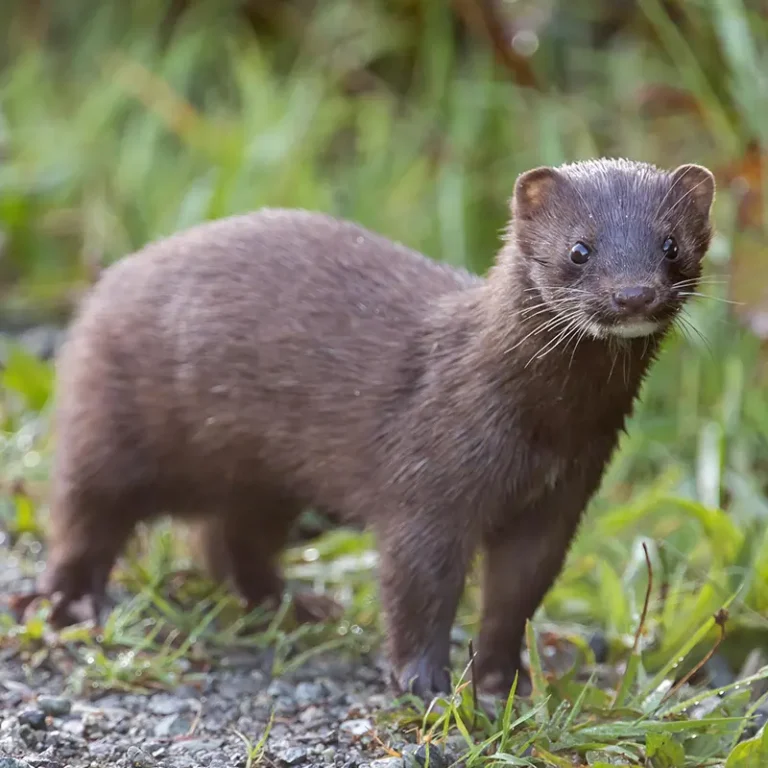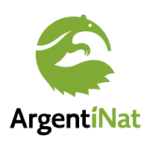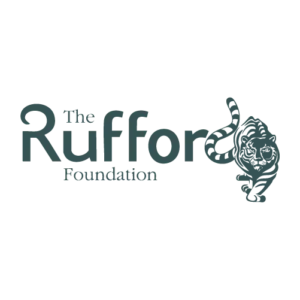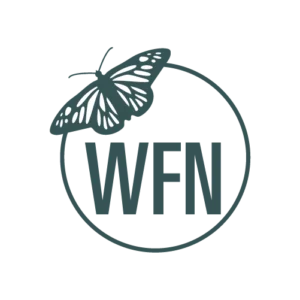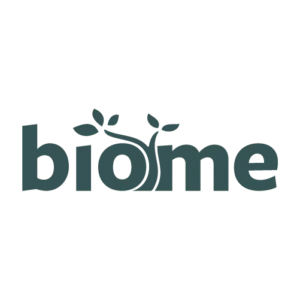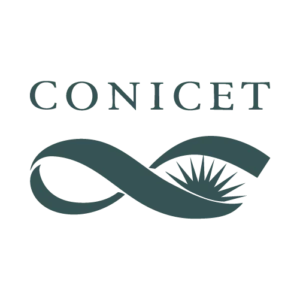Context and objectives
The American Mink (Neogale vison) was introduced in Patagonia, both in Argentina and in Chile, in the mid-twentieth century for fur purposes. From escapes and releases that occurred from those establishments, wild populations became established and began an expansion process that is still ongoing in the region. In the west of continental Patagonia, its distribution ranges from the center of Neuquén to the Los Glaciares National Park, in Santa Cruz. To the east, it has spread along the steppe rivers: a large part of the Limay, the entire Chubut and Senguer rivers, and the Deseado. There are population centers so far isolated in the northwest of Neuquén and in the mouth of the Negro river. The mink has completely invaded Isla Grande de Tierra del Fuego and, from there, it has colonized other islands of the Fuegian archipelago. Its impact on several native species, mainly through predation, has been particularly severe.
Our actions
- Since 2013, we have implemented control programs on this species to protect populations of the Hooded Grebe, a critically endangered species. The positive results of this first initiative encouraged us to work to restore reproductive environments for other species such as the Torrent Duck and the Austral Rail, also affected by minks. Although these management actions are primarily aimed at protecting these species, other prey in their communities benefit from direct actions on minks. Later, we added new initiatives. In the areas in which we currently work with mink control plans, we work together with National Parks. We work mainly with trapping systems in long extensions (from a few kilometers to more than 100km for each area) that we keep active for at least 5 months a year. We complement the work of traps with the use of tracking dogs to detect animals that avoid the traps or to design localized and intensive control actions. From these control systems, we obtain data for demographic studies and samples for genetic studies that are then analyzed in order to allow adjustments in the planning of management actions.
- Part of the work with mink involves monitoring the advancing fronts of its invasion. For this, we use sign surveys (footprints or feces searched on the ground along transects), camera traps or the use of search dogs. The areas in which we currently work with mink control are: Buenos Aires Plateau-Patagonia National Park; De Las Vuelas River Basin (Los Glaciares National Park and Desierto Lake Provincial Reserve); Chico River Basin (NW Strobel Plateau and La Angostura Ranch); Lago Puelo National Park and Filo Hua Hum area (border between the Nahuel Huapi and Lanín National Parks). In all these cases, we protect particular species (Hooded Grebe, Austral Rail and Torrent Duck) and restore environments to favor other aquatic birds that reproduce in different parts of western Patagonia (Bronze-winged Duck, Ashy-headed Goose) and amphibians.
Habitat and behavior
The mink is a semi-aquatic species and lives on the shores of lakes, rivers, and also along the marine coast. In Patagonia, it has colonized aquatic systems in all types of environments: Andean-Patagonian forest, Patagonian steppe, Magellanic steppe, and sub-Antarctic coastal forest. It lives solitarily and occupies territories of 2 and 5 km on average in the case of females and males respectively.
Feeding
It is a generalist, opportunistic carnivore. It consumes both terrestrial and aquatic prey from all vertebrate groups (fish, mammals, birds, reptiles, and amphibians) and aquatic invertebrates (crustaceans). Although it generally consumes a greater proportion of mammals, supplementing with other prey groups depending on their availability, in situations where a prey is very abundant, it can radically change its diet to take advantage of this resource.
Reproduction
Much is known about the reproduction of mink, due to its importance for breeding as a productive activity. Mink mate towards the end of winter and the beginning of spring. Females have induced ovulation. Each female can ovulate 3-4 times in the same mating period (superfetation) and mate with different males. The gestation time is variable and can last from 35 to almost 80 days. The litters are numerous (in captivity, 9 pups on average) but mortality in the first days is high. In the wild, the surviving offspring are usually 4-5.
Curiosity
Minks can travel great distances in their natal dispersal, which is the movement that juveniles make after becoming independent from their mother to the location where they reach sexual maturity (>20km). These movements may involve displacements through areas far from bodies of water.
Threats
The American Mink is an invasive alien species, and its predation is one of the main threats to the species that the Hooded Grebe Foundation works to conserve. Recent studies in Patagonia show that it is also a reservoir of many diseases that are not only important for animal health but also of zoonotic importance (they can affect humans). Many mink farms in Europe were affected by the Covid 19 pandemic, and these establishments became centers of health risk for the human population. Mink farming is so important in some parts of Europe as a productive activity that a specific Covid 19 vaccine was developed for minks.

